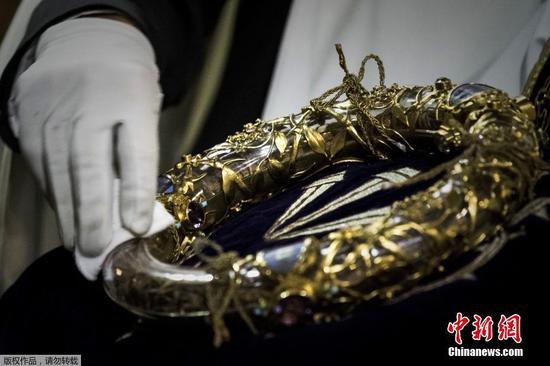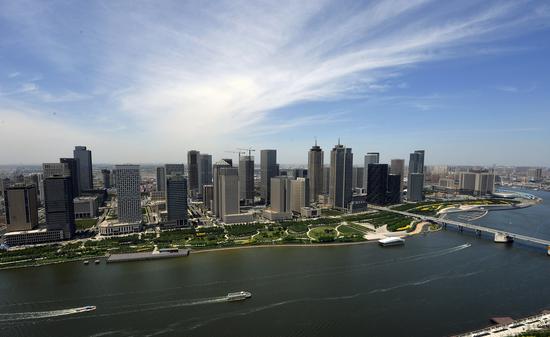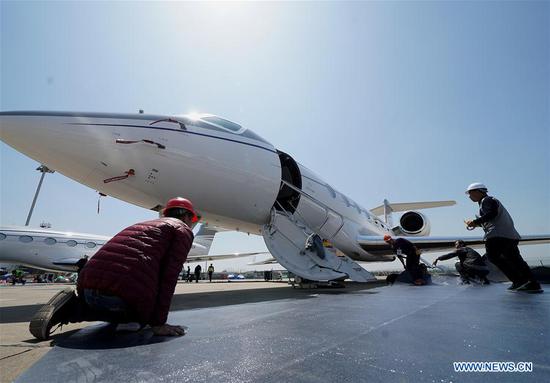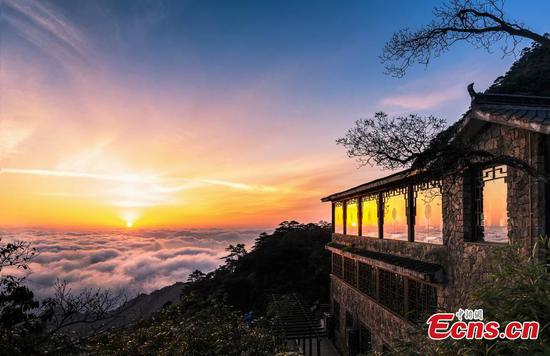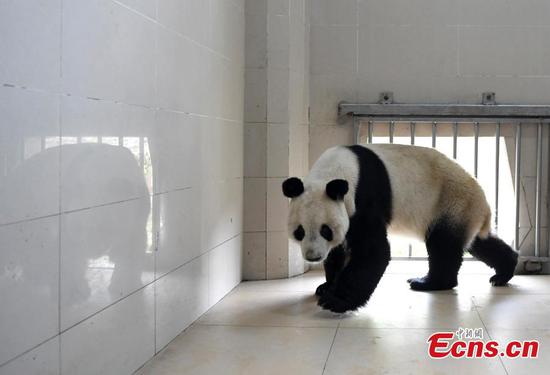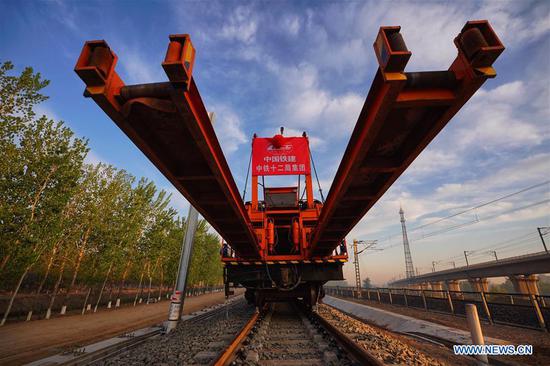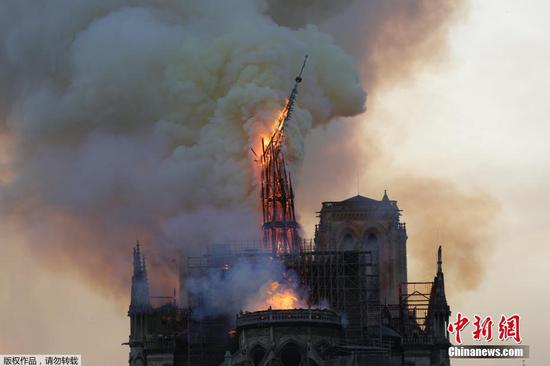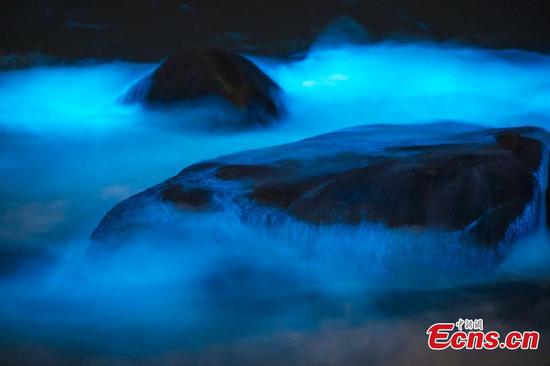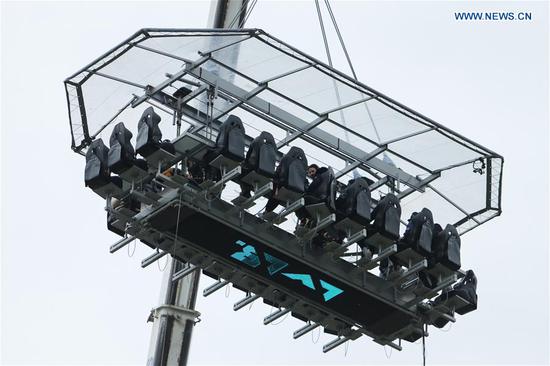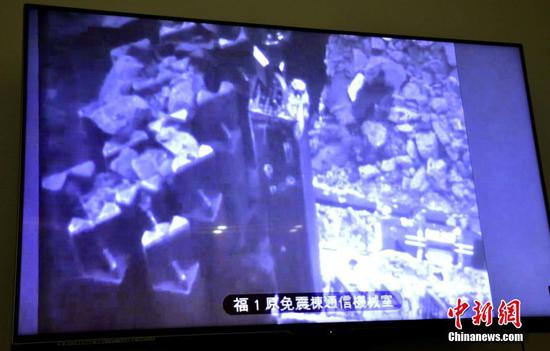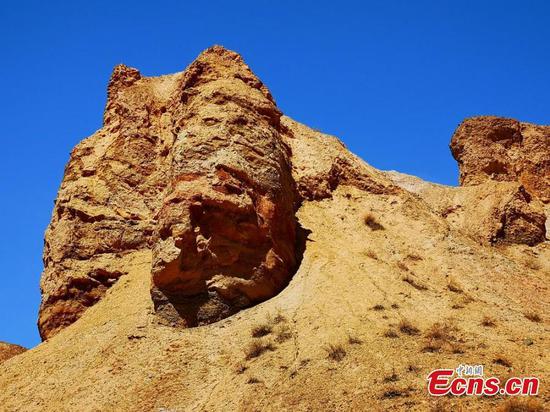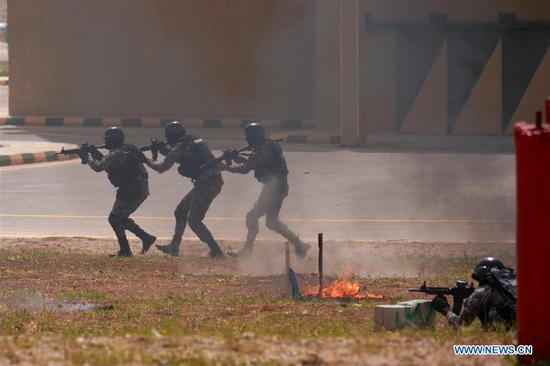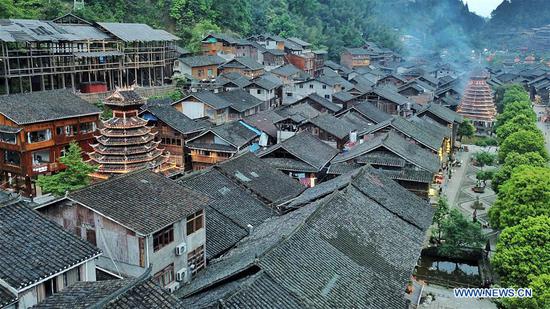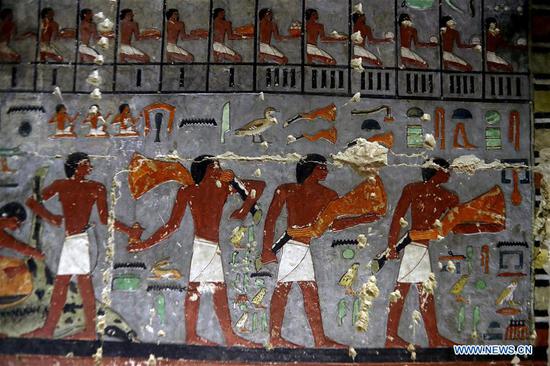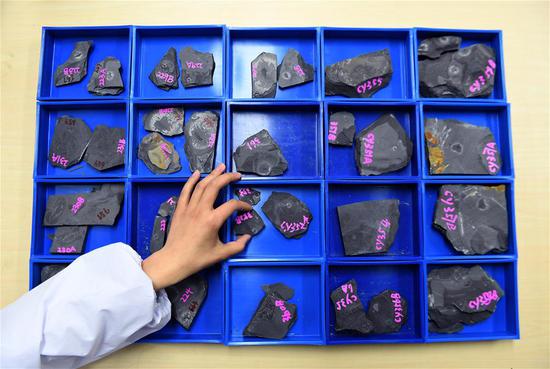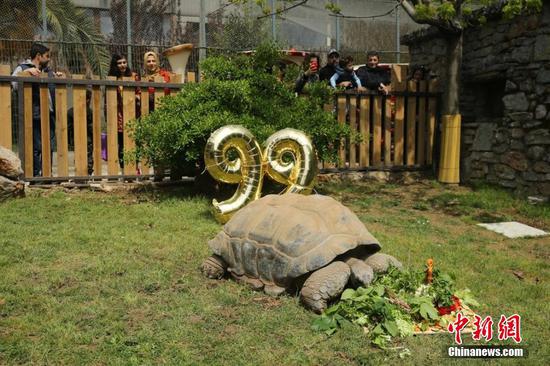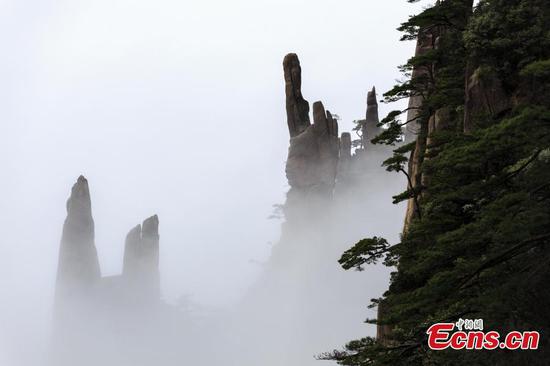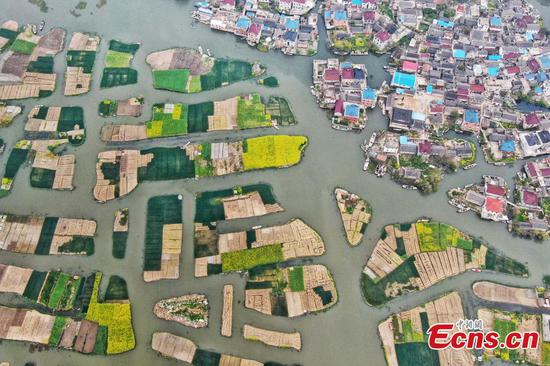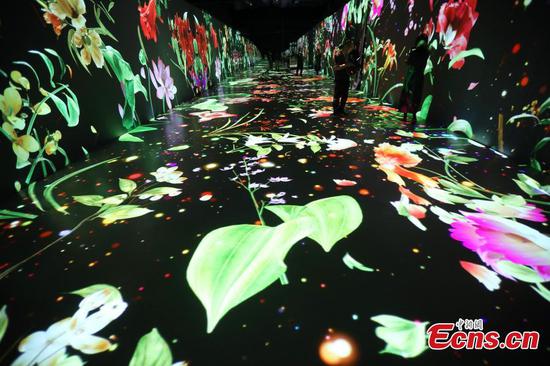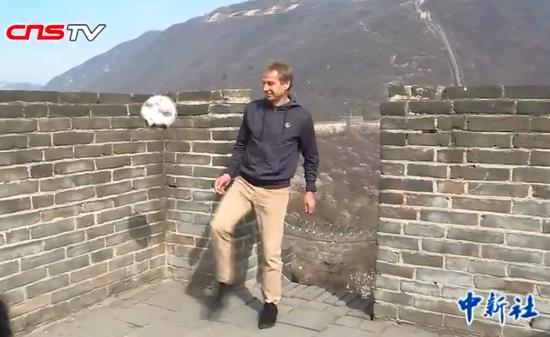
Maintenance workers repair one of the rail tracks. (LI RENZI/XINHUA)
In 1908, the rail line from Shanghai reached Nanjing. The rail link between Tianjin and Nanjing's Pukou district-the Tientsin-Pukow Railway-was completed in 1912. But the two lines could not be connected because there was no bridge across the river.
According to the Academy of Sociology, which was founded by scholars from Nanjing University, at least two structures-the Wuhan Yangtze River Bridge and the Chongqing Baishatuo Yangtze River Bridge-were built before the Nanjing structure. But neither was considered a landmark by the public.
In 1913, Zhan Tianyou, who was known as "the father of China's railways", traveled to Nanjing to inspect the Yangtze riverbed to build a bridge. However, he dropped his plan because the river had an average width of 1,500 meters, was more than 70 meters at its deepest and the water flow was 3 meters per second.
Zhan reportedly stayed for a few days, left without saying a word, and then decided to inspect the river in Wuhan, Hubei province, before completing the first design for the Wuhan Yangtze River Bridge.
Revolutionary leader Sun Yat-sen once suggested that an underwater tunnel should be built to connect the railways in Nanjing, but his dream was not realized for about 100 years. In 1929, Sun's casket was transported to Pukou district along the Tientsin-Pukow Railway before being ferried to downtown Nanjing.
In 1930, John Alexander Low Waddell, a 76-year-old Canadian who was a traffic consultant to the Chinese government, said the Yangtze in Nanjing was too deep and was flowing too fast to construct a bridge, according to the Academy of Sociology.
The government launched large-scale investigations in 1936 and 1946 before dropping the plan. In 1956, the State Council, China's Cabinet, proposed constructing the Nanjing Yangtze River Bridge.
To test the bridge's load-bearing capacity, Xu Shiyou, who commanded the Nanjing Military Region, ordered an armored regiment to drive 118 amphibious tanks on the newly built structure at 8 am on Sept 25, 1969.









